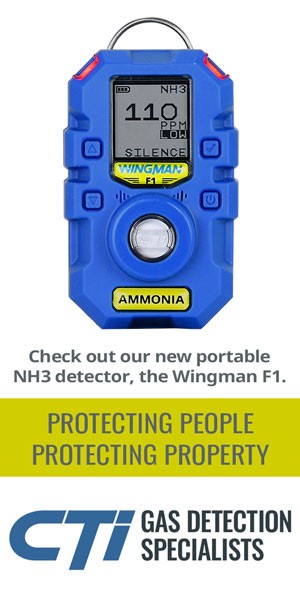Appeals Court Denies Rehearing of Ruling Against EPA Regulation of HFCs

BACKGROUND
At issue is the 2015 EPA rule changing the designation of some HFCs, including R404A, R134a, R407C and R410A, from the approved SNAP list to the prohibited list. The policy changes impacted manufacturers that had replaced the ozone depleting refrigerant R-22 with a refrigerant such as R404A or R134a (when it was on the approved list) by prohibiting its future use in certain applications.
The original case was brought by two HFC international manufacturers (Mexichem and Arkema) that sued EPA challenging the validity of an EPA rule requiring manufacturers to replace HFCs with refrigerants that have a lower global warming potential. The companies argued that EPA exceeded its statutory authority under Section 612 of the Clean Air Act, which was initially designed to address ozone depleting substances. The court’s three judge panel agreed, by a margin of 2-1, that the authority given to EPA under the Clean Air Act is limited to restricting ozone depletion and does not cover global warming potential. While the court was clear that Section 612 of the Clean Air Act does not authorize EPA to regulate HFCs, it did offer the agency some options for addressing the use of HFCs, including the use of alternative authorities such as the Toxic Substances Control Act (TSCA), National Ambient Air Quality Standards Program and the Hazardous Air Pollutants program.
While EPA defended the SNAP rule before the court panel, it did not choose to pursue a rehearing or appeal to the Supreme Court. Instead, Honeywell, Chemours and NRDC filed petitions for a rehearing by the full Court of Appeals. A majority of justices for the Court of Appeals voted to deny the petitions.
NEXT STEPS
In the wake of the court’s refusal to rehear the case, Honeywell has indicated that it will pursue an appeal to the Supreme Court. While it not certain the Supreme Court will agree to hear the case, such an appeal signals how strongly some companies feel about reinstating the EPA rule. These companies argue that large investments have already been made in alternatives to HFCs and that not allowing EPA to regulate HFCs through SNAP creates uncertainty in the market. Chemours and NRDC are likely to join Honeywell in the Supreme Court effort.
Despite the court rulings, some states have indicated that they are planning to move forward with HFC restrictions at the state level. Eleven states joined the petitioners in requesting the Court of Appeals to reconsider the ruling. The chair of the California Air Resources Board (CARB) has stated that regulations have already been drafted that would implement the EPA SNAP rule at the state level. Members of the California State Legislature are also planning legislation that would restrict so-called “super pollutants” including HFCs. Should California and other states implement their own HFC restrictions, it would create a patchwork of rules that will make it more complicated for manufacturers and end users to understand and manage their refrigerant choices.
While the federal EPA policy to regulate HFCs through the SNAP program has been disallowed by the courts, global momentum continues to grow towards the phasedown of high global warming potential HFCs. The Kigali Agreement, approved by 189 countries in late 2016, brings HFCs within the parameters of the Montreal Protocol and calls for global reductions. Over twenty parties to the agreement have already ratified the agreement, which was the number needed to trigger the agreement going into effect. As a result, the phasedown targets under the Kigali Agreement will go into effect on January 1, 2019.
The United States signed the agreement during the Obama Administration in 2016, but it has yet to be ratified by the U.S. Senate. President Trump has not articulated a formal position on the Kigali Agreement. Despite his concerns over the Paris Climate Agreement, and climate change policies in general, there are some indications that the Trump Administration may not oppose the Kigali Agreement and ultimately present it to the Senate for ratification. Administration officials have acknowledged that some U.S. companies have made investments based on the Kigali Agreement and that the Administration is evaluation the potential impact ratification may have on U.S. jobs.
While uncertainties remain about U.S. federal policies related to future HFC regulation, including a potential Supreme Court challenge regarding EPA’s use of the SNAP program, the overall movement away from HFCs continues. This is evidenced by global policy such as the Kigali Agreement, state policies such as those being considered by California, and investment by industry in natural refrigerants and other HFC alternatives.













